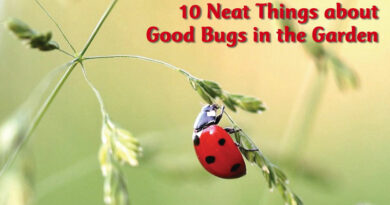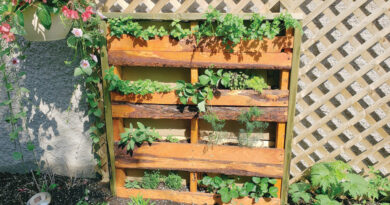Rain is Friend, Foe and Secret Fertilizer! 10 Neat Things about Rain
You know it waters your garden, but rain does so much more. From weather tools to the earthy scent of petrichor, it affects soil structure, plant health, disease cycles, and even contributes nitrogen to the garden. When you’re tracking rainfall or wondering why your tomatoes suddenly have blight, these 10 neat things will help you make more informed decisions about your garden year-round.
1. It’s not always what it seems.
Raindrops don’t actually fall in teardrop shapes. In freefall, they’re more like flattened spheres or hamburger buns, shaped by air resistance. The bigger the drop, the flatter it becomes. But the drops don’t usually get bigger than 6 millimeters; if they start out bigger, they break apart on the way down.
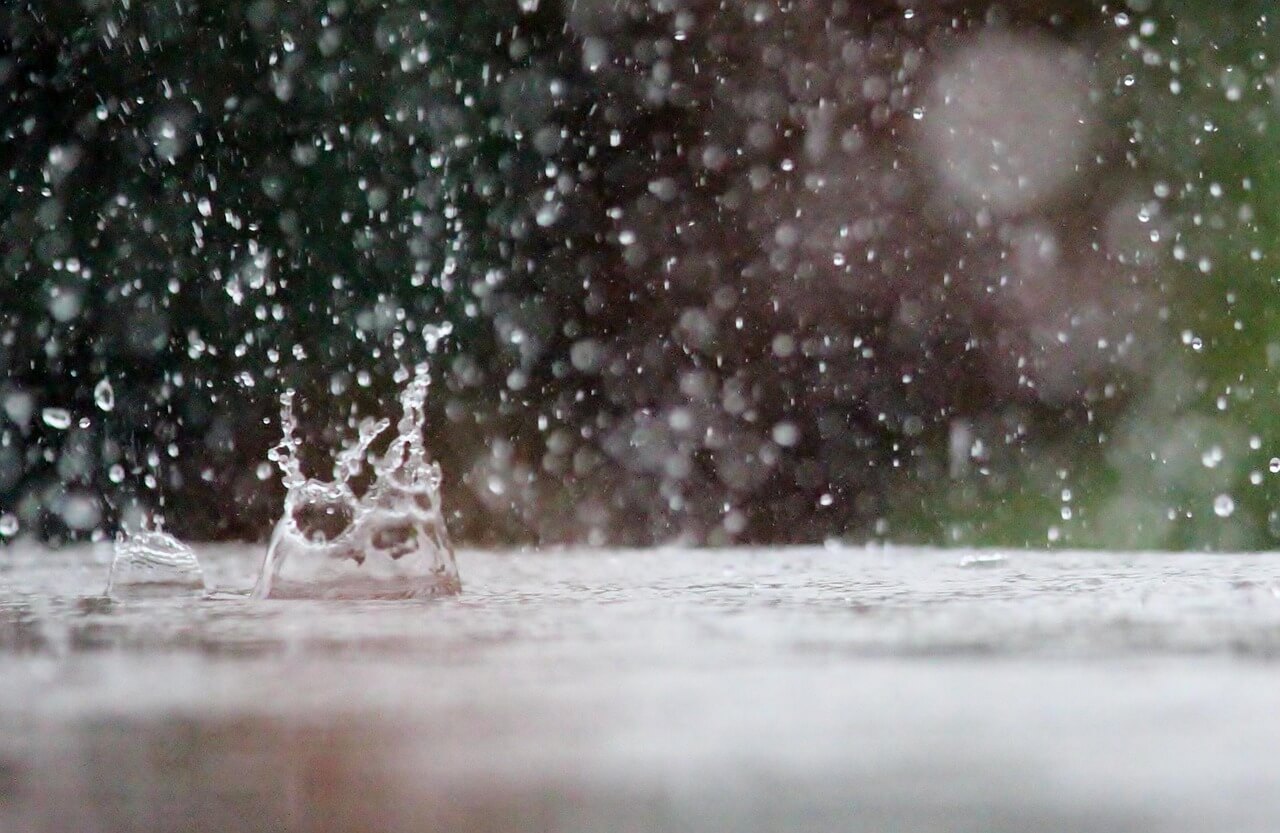
2. Petrichor is a real thing.
That earthy smell after a rain has a name: petrichor. It’s caused by a compound called geosmin, released from soil-dwelling bacteria when rain hits dry ground. We’re especially sensitive to its scent—even trace amounts trigger a strong response. Bonus neat thing: the word petrichor comes from the Greek petra (stone) and ichor (the blood of the gods).
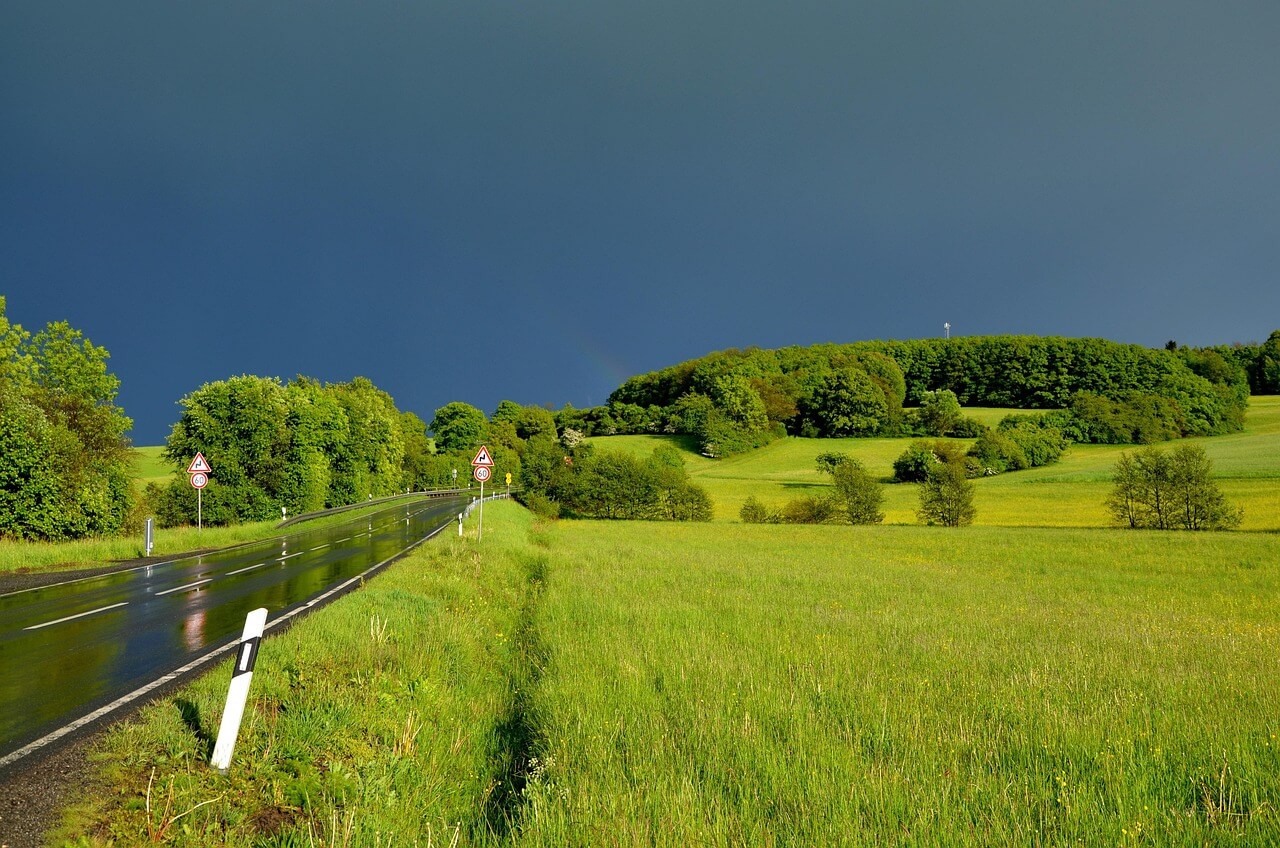
3. First rain is nature’s pressure wash.
The first rainfall after a long dry period doesn’t just wash away more dirt—it’s better at doing it. Raindrops act like tiny vacuums, collecting particles from the air as they fall. When the air is dry and stagnant, particles stick loosely to surfaces and stay suspended in the atmosphere. The sudden introduction of moisture helps dislodge and dissolve them more easily. The slightly more acidic chemistry of the first rain also helps break down pollutants, making it extra effective at cleaning both the air and ground.
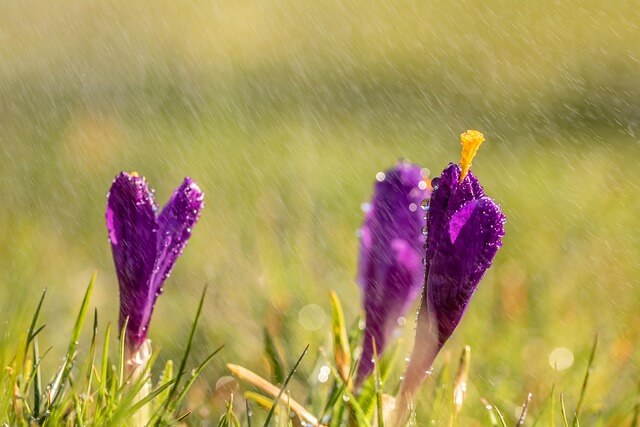
4. Not all rain is good rain.
In areas with acid rain—caused by industrial pollution—precipitation can damage leaves, alter soil chemistry and leach nutrients like calcium and magnesium from the soil. This was a major concern in eastern Canada through the 1980s and ’90s, especially in regions with thin or shallow soils, such as parts of the Canadian Shield, where natural buffering capacity is low. Canada has significantly improved emissions allowances since then, so acid rain levels have declined, though sensitive ecosystems still show slow recovery.
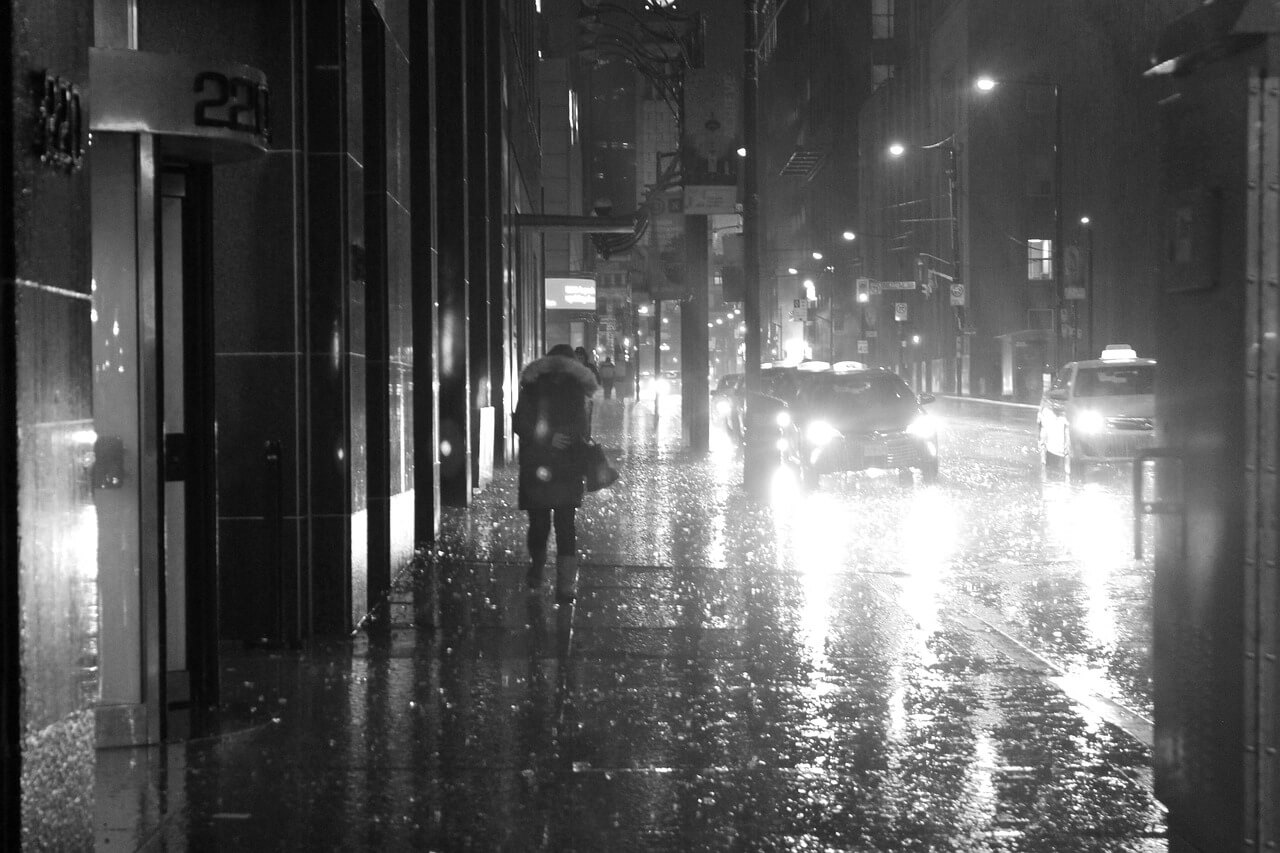
5. Rain gauges are ancient tech.
Measuring rain isn’t new. The first known rain gauges date back over 2,000 years to India and Korea. Today, gardeners can pick up simple ones or fancy digital versions to monitor rainfall for irrigation planning. Among other things, digital rain gauges often have a tipping bucket design so you don’t have to empty it!
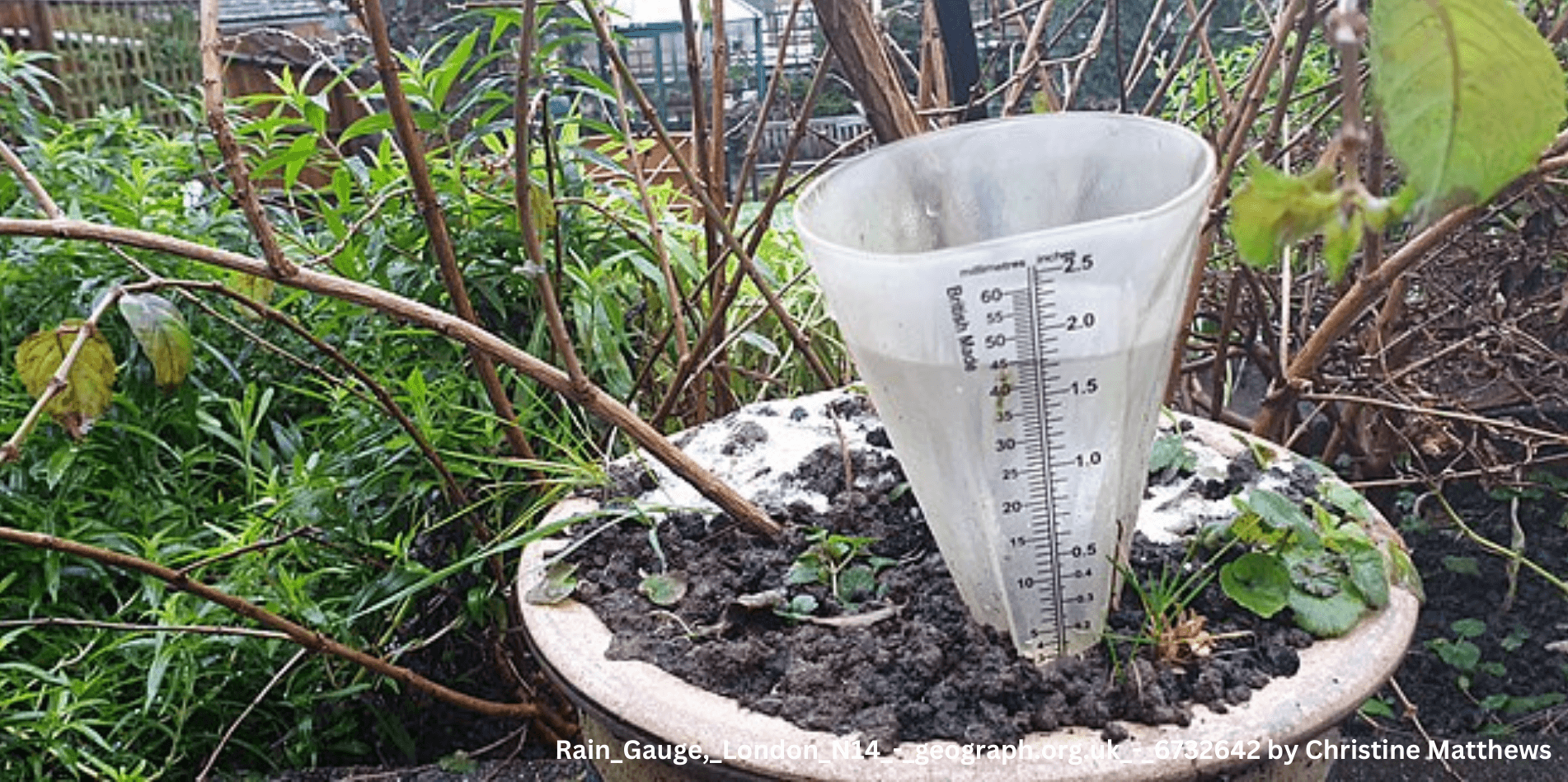
6. Heavy rain can compact soil.
A sudden downpour can beat down on bare soil, leading to crusting and compaction. This restricts air and water movement and can suffocate seedlings. Mulching helps absorb impact and slow runoff.
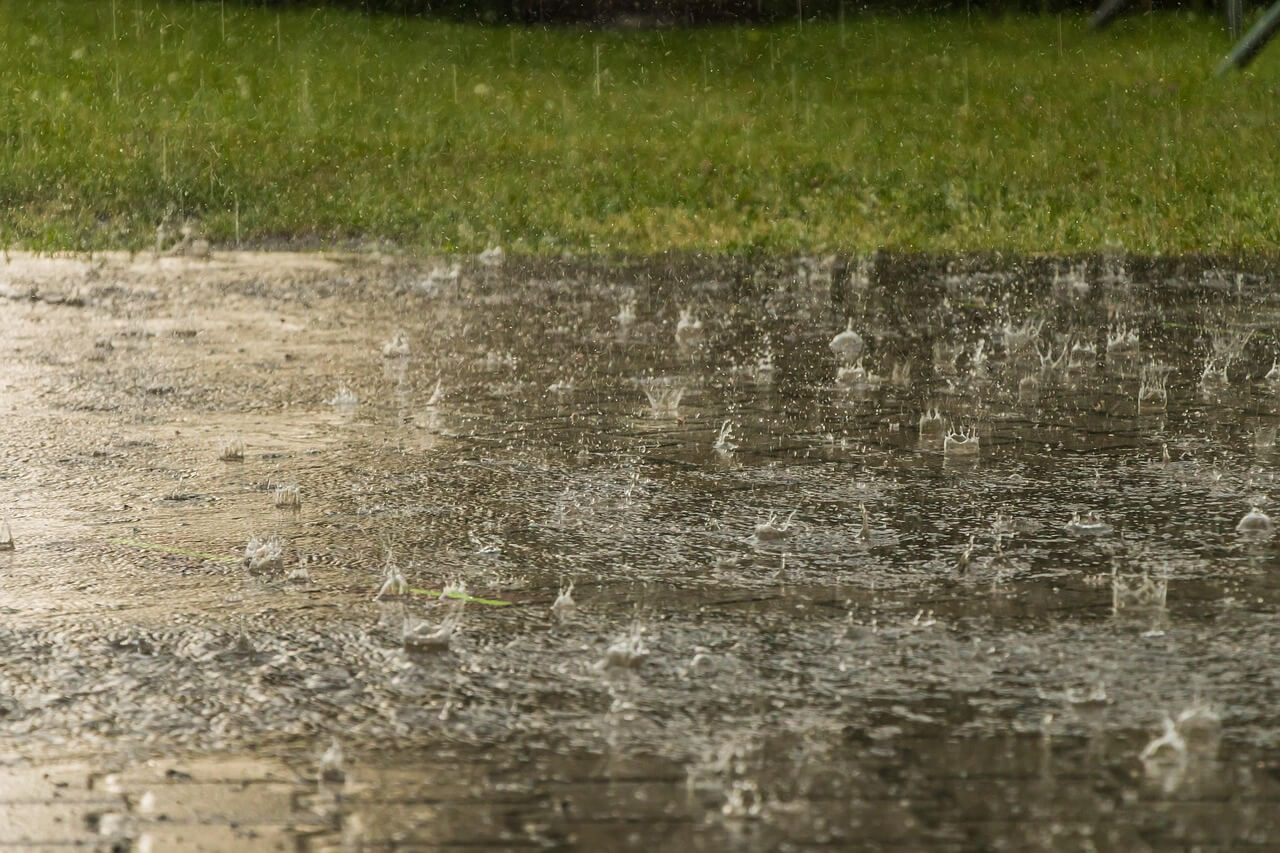
7. Rain isn’t always fresh.
Though we think of it as pure, rainwater can carry contaminants—especially after falling through polluted air or off a dirty roof. It’s fine for gardens in most rural or suburban areas, but that’s why you shouldn’t drink it untreated.
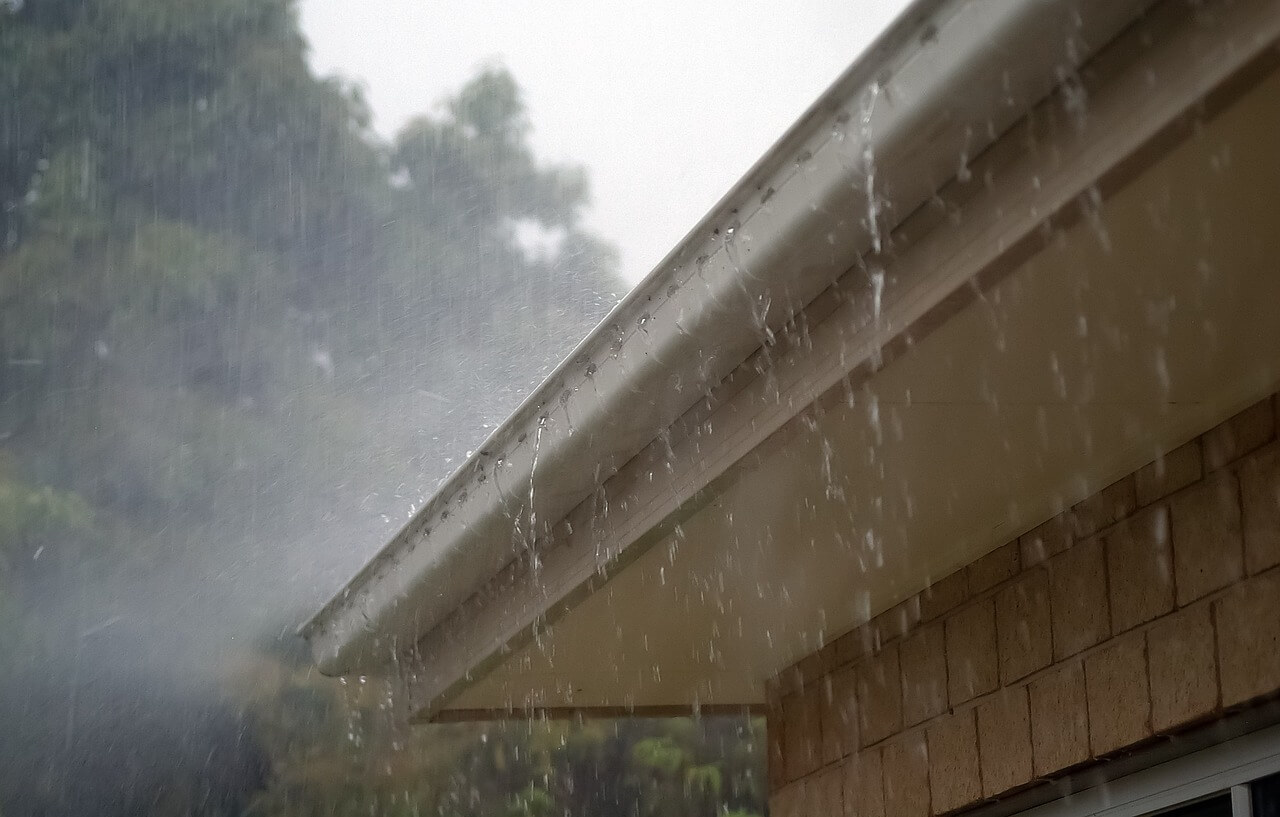
8. It encourages some plant diseases.
Wet foliage and soggy conditions create perfect environments for fungal diseases like powdery mildew, downy mildew, rustsand black spot. Rain can also splash soil borne pathogens like early blight or Septoria leaf spot back onto lower leaves. What’s a gardener to do? Keep plants spaced well, stake or prune to keep foliage off the ground, use resistant cultivars and, absolutely,mulch.

9. Rain helps plants bounce back.
While rain can promote disease under the wrong conditions, it also plays a role in plant recovery and resilience. It relieves drought stress, allowing plants to restore their natural defences and maintain healthy sap flow—both key to resisting pathogens. Rain also activates beneficial microbes in the soil that support plant immunity and nutrient uptake. A good soaking can flush away excess salts, rinse off early pests or spores, and unlock nutrients that strengthen plant tissues. In the right balance, rain doesn’t just water—it helps plants heal.
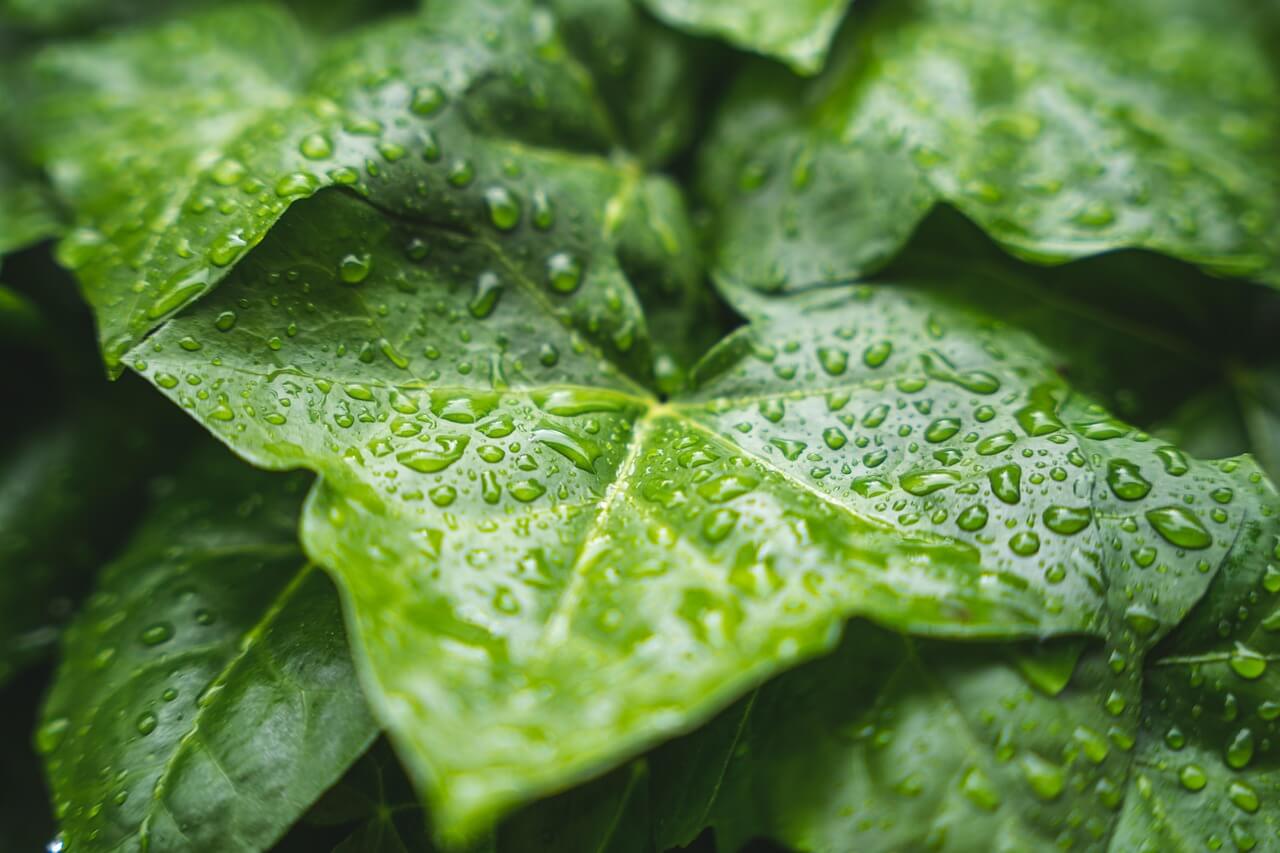
10. Rain is worth tracking.
Keeping a rain diary—or using a smart weather station—can help you time planting, watering, and pest control. It can also connect you to climate patterns that affect your specific growing region, year over year.



